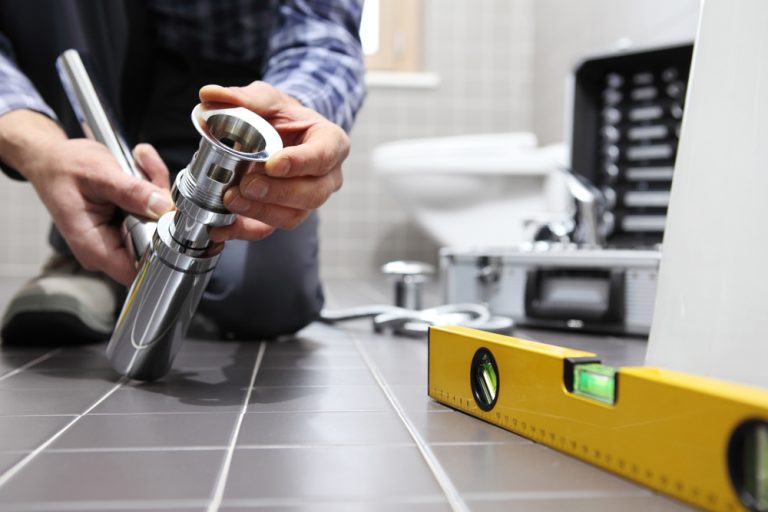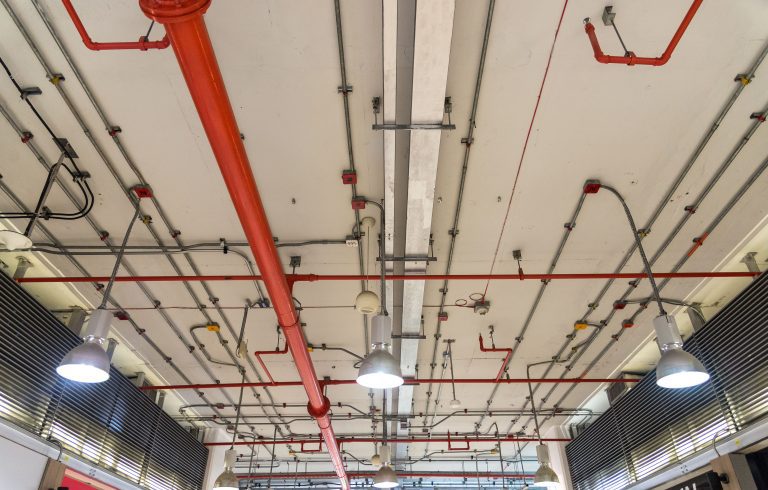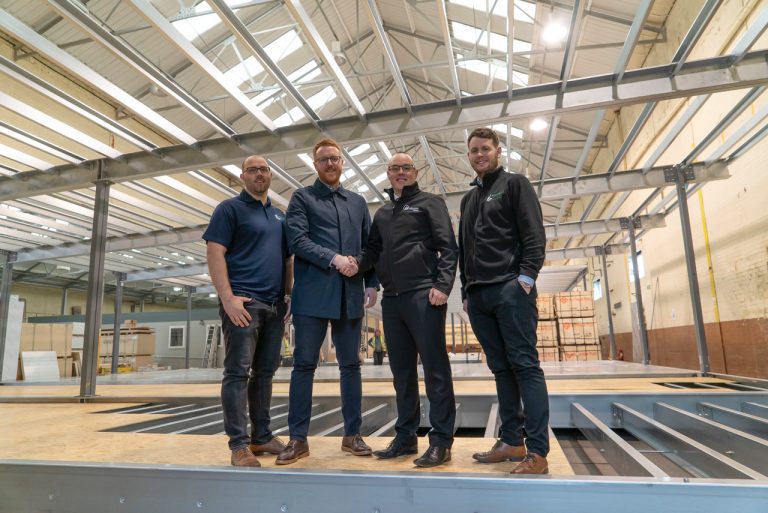Leading mechanical and electrical building services specialist J S Wright is to fit out the first phase of the Paradise Birmingham development. The company, which has its headquarters in Birmingham and an office in London, has been awarded a contract exceeding £4m by BAM Construction for the M&E infrastructure, basement and external services for two new Grade A office buildings, One and Two Chamberlain Square. The wide-ranging mechanical works will include installing rainwater and above ground drainage, chilled water plant with distribution to serve neighbouring Birmingham Town Hall, and car park ventilation systems. J S Wright will also install commercial landlord systems including sprinklers, general ventilation services for the plant room and communal areas, and boosted mains cold water plant for distribution including landscape irrigation. All the services will be controlled by a central Building Management System (BMS). The electrical works will involve the installation, testing and commissioning of the mains distribution network, including an uninterruptible power system and commercial landlord switchboards, along with submain distribution cabling and small power distribution. J S Wright will also provide lighting and emergency lighting, access control, CCTV equipment, door security and fire alarms, and car park lighting. Work on site is scheduled for completion at the end of 2019. Phil Leech, Managing Director of J S Wright, said: “We are delighted that our expertise and experience in delivering M&E services to multi-million-pound regeneration projects, primarily in London and the Midlands, has resulted in a commission that will eventually transform our home city of Birmingham.” Established in Birmingham in 1890, J S Wright designs, installs and maintains mechanical and electrical services for the hotel, residential, social housing, student accommodation, leisure and commercial sectors. The company recently launched a new residential maintenance company, Wright Maintenance Ltd, serving homeowners and property managers across London. The company was voted one of the UK’s Top Ten Specialist Contractors to Work For in the 2016 Construction Enquirer Awards and was a finalist in three categories in the 2018 H&V News Awards.














